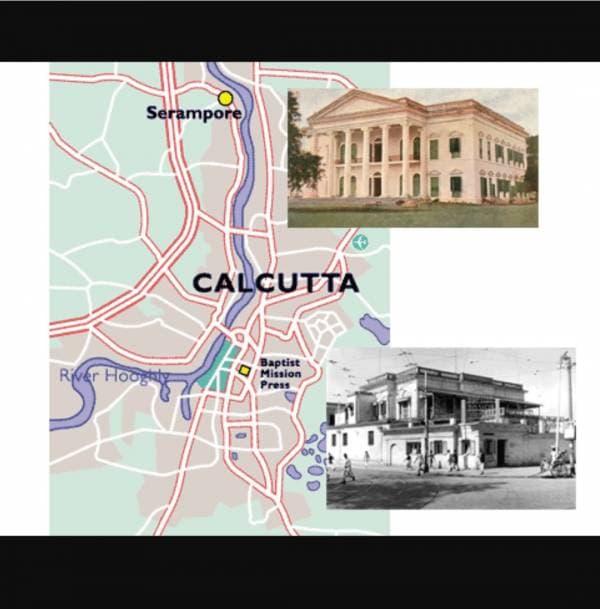Two Devanagari Scripts
Once upon a time, Hindi’s Devanagari script was written in 2 different ways… Then a few missionaries in the Danish colony in Bengal and their rival press in Bombay changed it forever!
If you read old manuscripts of Sanskrit / Hindi you would notice many strange characters in them. Characters that are no longer used in modern Hindi. They were called the Calcutta style of Hindi. While the modern form is called Bombay style.

In the late 18th century, Baptist missionaries led by William Carey wanted to set up a press in Bengal for printing church literature locally. Denied permission by the East India company who feared a backlash, they found a haven in the Danish colony of Serampore. “Serampore Mission Press” produced many English works. But didn’t have a “typeset” (wooden engraved block letters) for Hindi. They hired Panchanan Karmakar from Wilikins’ press in Calcutta who created Bengali and later Devanagari script typeset. Panchanan Karmakar was an ex blacksmith and the Hindi typeset created by him (called Calcutta style ) at Serampore press became popular as the press produced thousands of books. Carey’s book on Sanskrit Grammar was the 1st book printed in 1803 with this typeset.

Marathi was originally written in two scripts - Balbodh and Modi scripts. Modi was more popular for business and other day-to-day works. Balbodh was a slight variation of Devanagari. This difference is what is now called Calcutta vs Bombay’s style of writing Devanagari. Some letters like अ, ण, झ in Balbodh script, etc are similar to Modi script than to Devanagari. Economic need to have a common Devanagari typeset that could serve both Marathi and Hindi led to the popularization of Bombay style Devanagari especially among printing presses in Bombay.
Source: